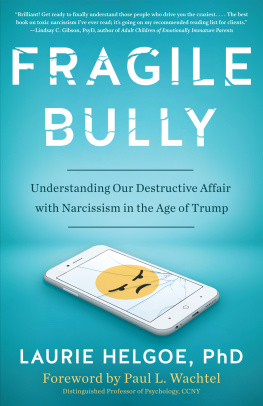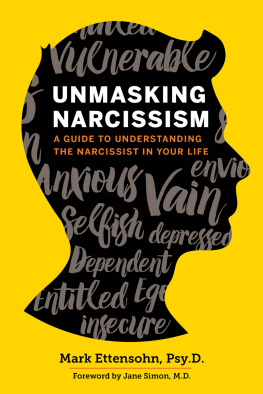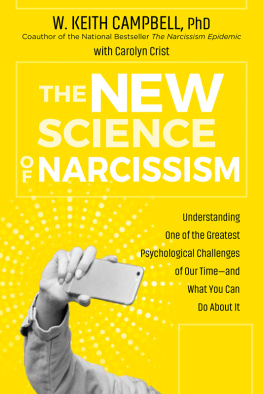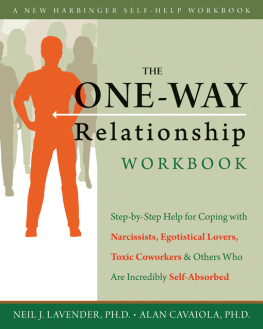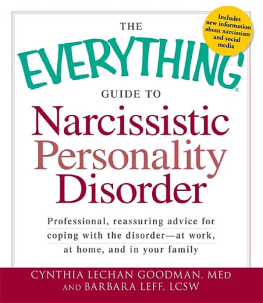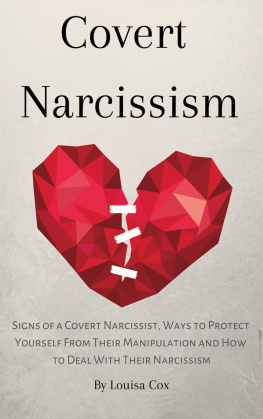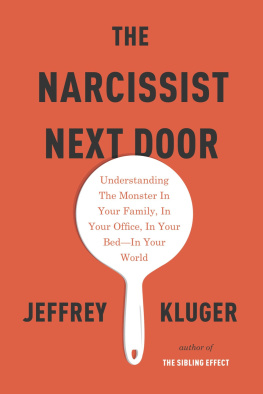

To Mom and Dad
Diversion Books
A Division of Diversion Publishing Corp.
443 Park Avenue South, Suite 1004
New York, New York 10016
www.DiversionBooks.com
Copyright 2019 by Laurie Helgoe
All rights reserved, including the right to reproduce this book or
portions thereof in any form whatsoever.
The views expressed in this book are the authors own and do not represent the policies or positions of the Ross University School of Medicine.
For more information, email
Book design by Elyse Strongin, Neuwirth & Associates.
First Diversion Books edition March 2019.
Paperback ISBN: 978-1-63576-545-8
eBook ISBN: 978-1-63576-544-1
Printed in the U.S.A.
LSIDB/1903
1 3 5 7 9 10 8 6 4 2
ACKNOWLEDGMENTS
I am grateful to all who have taught me, including those who generously offered their stories for this book. Thanks to my agent, Jessica Faust, and editors Lia Ottaviano and Keith Wallman, who loved this book and shepherded it through. To Nancy Selfridge, thank you for believing in the value of this project and for your ongoing support. Thanks to Paul L. Wachtel for breaking the bonds of polarized thinking and laying the foundation for this book. And to Barron, my first-editor-in-residence, thank you for being as good an editor as you are a husband. I love you.
CONTENTS
Foreword
Paul L. Wachtel
It is difficult to escape how powerfully this book addresses the central problem of our current political life. Its title resonates with what we see every time we turn on the television news or open a newspaper. We are all challenged to find our stance with regard to the fragile bully who seeks to dominate and, at the same time, to feed his neediness and prop up a self always on the verge of imploding.
But for many people, the problem of the fragile bully is not just out thereon the newsfeed or even in the impact of policies that make us increasingly vulnerable and at odds with each other. It is a problem even closer to home. It is in the bedroom, in the phone call to mother, in the interaction with our childs teacher, in the office, and, for some, in our relation to ourselves .
It is rare for a book to weave together successfully the intimately psychological and the broadly social and cultural. It is even rarer to do so with graceful prose, wit, vivid narrative, and a sense of personal intimacy with the author, of sitting across the table from her and having a real conversation. This is what Laurie Helgoe has accomplished, with both a light hand and deep seriousness.
Helgoes canvas is broad ranging. She moves easily from ancient myths to todays headlines, from examples that every reader will find familiar to scholarly and authoritative summaries of the literature of psychoanalysis and psychological research. She probes the depth of individual experience, explores the dynamics of couples and families, and makes plain how all of this derives both from the powerful impact of our earliest experiences and from the equally powerful impact of our current interactions and current social and cultural context. In her hands, there is no contradiction in this complex web of causality, just a rich tapestry of interwoven threads that create a life.
This seemingly effortless linkage between the intimately psychological and the broadly social and cultural is one of the great achievements of this book. All too often these are treated as separate realms and explored in separate silos. Helgoe breaks down those silos, offering us an integrative account of people whose internal world and actual daily experiences continually and reciprocally shape each other.
The book is especially sharp and perceptive in its account of the ironic, often self-perpetuating patterns that are elicited in interacting with the combination of aggression and vulnerability that characterizes narcissistic personality dynamics. Helgoe articulates the different forms such dynamics can take and the different pulls that each form, each balance between these two poles, can exert. Many readers will experience both a shock of recognitiona sense that she gets itand, at the same time, a fresh perspective that can help to recenter and find alternatives.
Those alternatives are not easy to reach and harder still to maintain. The emotions stirred by both the aggression and the vulnerability lead us, repeatedly, to respond in ways that keep the pattern going even when we think we are working to change it. In this, Helgoe is a steady, strong, yet gentle guide, providing useful examples of how one can begin to interact in ways that have at least a chance of having a different outcome.
Importantly, Helgoe does not take the easy path of making the fragile bully a villain. Through moving examples from her own life, she shows how, not infrequently, these are people we love , people who can hurt us because we also love them, and so we get caught in the trap over and over, sometimes in the very effort to save them. She shows how the trap we get caught in, in interacting with them often, catches them as well, causing pain in all parties.
At the same timeand important in the current political erashe does not absolve behavior that is destructive or place all narcissists on the same moral plane. Some narcissists deal with their fragility and inner emptiness in ways that are so externally directed, so compulsively driven to deny their doubts, so prodigiously lacking in even the most fundamental empathy for others, that their path is almost exclusively strewn with the pain of others. Such is the current denizen of the White House, and Helgoe makes no excuses for him.
But she does insistcorrectly in my viewthat the problem is never just in the damaged personality of the single individual. As she puts it, As much as narcissism looks like a solo act, it is better understood as a dance. In Trumps case, it is a dance in which tens of millions of people are participating, people who address (and often simultaneously exacerbate) their own needs and insecurities through identification with someone whohowever insincerely and hollowlyseems to say I am strong and I will look out for you, and who express the anger that arises from their frustrations and feelings of being left behind through a voice that seems to make acceptable feelings that once had to hide in the shadows.
As Helgoe illustrates aptly and with keen insight throughout this book, escaping from the trap is not easy. Narcissistic patterns are like flypaper. Each step we take to extricate ourselves is as likely to entrap us further. When the absence of empathy that is one of the toxins of the narcissistic way of life seeps into the body politic, it becomes easier to divide the world into us and them and to discard concern for the feelings and point of view of those who we see as them. This just perpetuates our divisions and the erosion of empathy that is both the source and the result of those divisions. If we are really to get off the flypaper and back to a normal, thriving society, we need more empathy, not less. We need to work to change our politics, but we also need to understand the needs, hurts, perceptions, and aspirations of those who have been vulnerable to getting caught in the web of a fragile bully. And we need to work to create a society in which their needsnot just material needs, but needs for respect, needs to be heard, needs to belongare genuinely met.
I wish this book were not as timely as it is. But at least the current (hopefully temporary) crisis we face has contributed to prompting a book that will have value for struggling individuals, couples, and families long after the current baleful era is over. Written with wit, wisdom, and empathy, Fragile Bully is a map to the exit ramps on a highway that can look like an endless closed circle.
Next page
